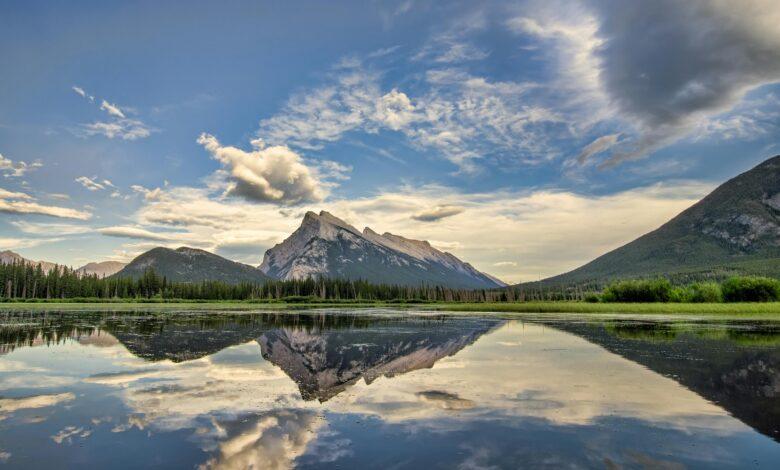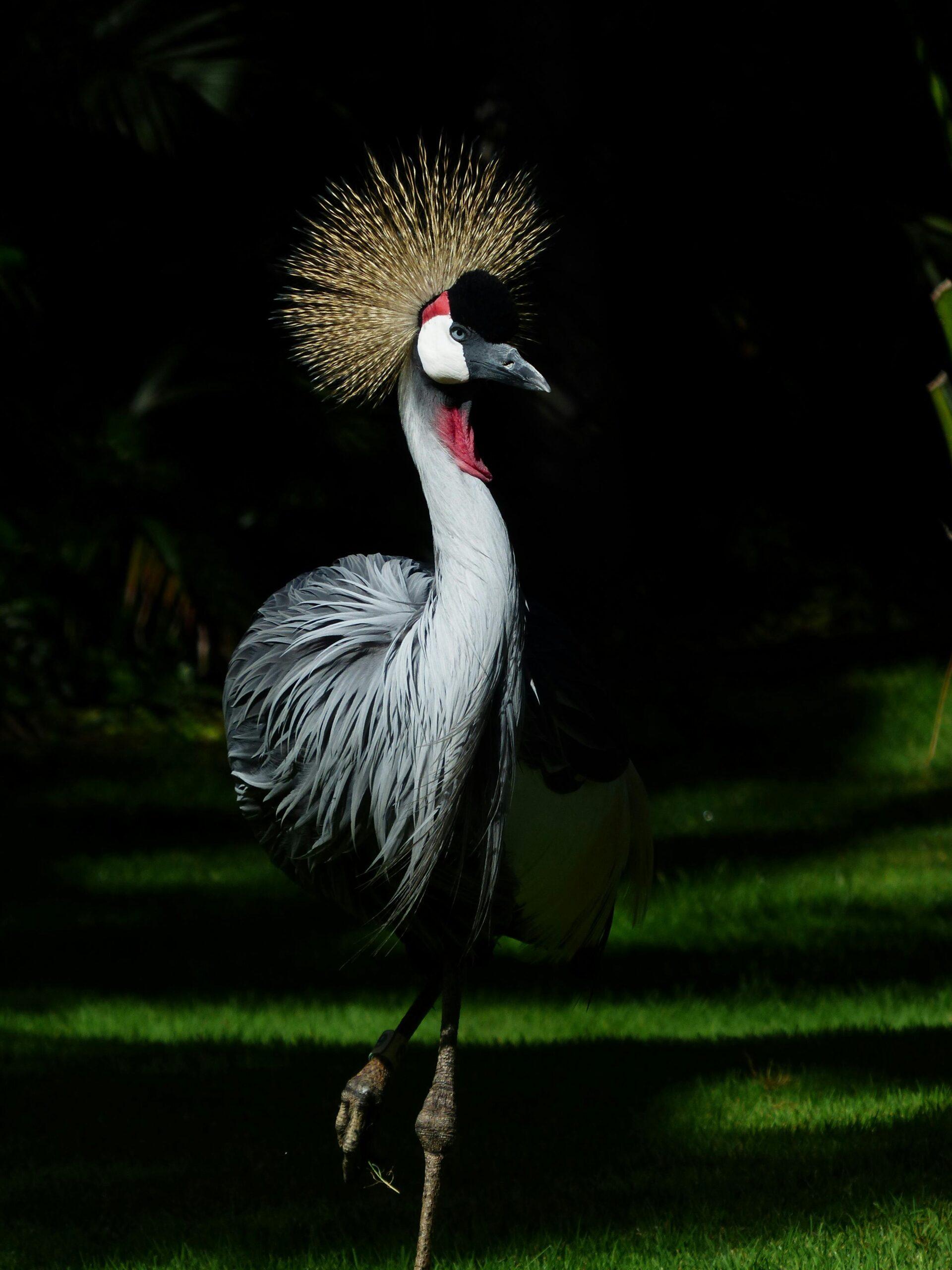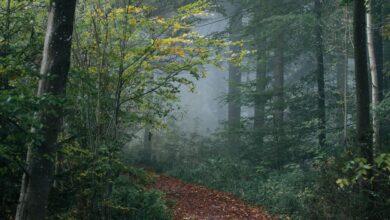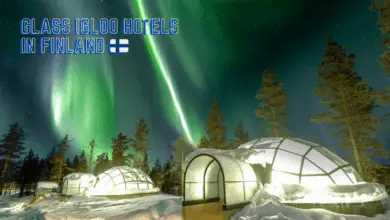
Introduction
Welcome to the heart of America’s wilderness, where nature’s grandeur unfolds in a spectacular display of geothermal wonders, pristine landscapes, and abundant wildlife. Join us on a journey into the breathtaking beauty of Yellowstone National Park, a place where geysers erupt, wildlife roams freely, and landscapes captivate the imagination. As we explore the marvels of this iconic park, prepare to be awestruck by its splendor and inspired by its untamed spirit.
Geothermal Wonders: Geyser Basins and Hot Springs
Description of iconic geothermal features like Old Faithful, Grand Prismatic Spring, and Mammoth Hot Springs
Yellowstone National Park is renowned for its spectacular geothermal features, drawing visitors from around the world to witness its iconic geyser basins and hot springs. Among these, Old Faithful stands as a symbol of Yellowstone’s geothermal might. This geyser erupts with remarkable regularity, shooting scalding water and steam high into the air at intervals averaging around 90 minutes. Its reliability and impressive display make it a must-see for any visitor to the park. Grand Prismatic Spring, on the other hand, captivates with its vibrant colors, created by heat-loving microorganisms that thrive in its mineral-rich waters. The spring’s rainbow hues, ranging from deep blues to vivid oranges, create a mesmerizing sight against the backdrop of the surrounding landscape. Mammoth Hot Springs offers a different spectacle altogether, with its terraces of travertine formations formed by the deposition of calcium carbonate. The intricate terraces, resembling cascading waterfalls frozen in time, are a testament to the ongoing geological processes shaping Yellowstone’s unique features.
Exploration of the unique geological processes that create these natural wonders
The geothermal wonders of Yellowstone are born from the park’s position atop a vast supervolcano, which fuels the geothermal activity beneath its surface. Deep underground, magma heats groundwater, creating a complex network of geysers, hot springs, and fumaroles. The eruptions of geysers like Old Faithful are driven by the buildup of pressure as heated water turns to steam, eventually bursting through vents in the Earth’s crust. Hot springs, such as Grand Prismatic Spring, result from the emergence of heated water rich in minerals, which precipitate out as colorful microbial mats and mineral deposits. Mammoth Hot Springs, meanwhile, owe their formation to the interaction of hot water with limestone, dissolving and redepositing calcium carbonate to build the distinctive terraces seen today. These geological processes, shaped by millennia of activity, continue to sculpt Yellowstone’s ever-changing landscape.
Visitor tips for experiencing Yellowstone’s geothermal attractions safely and responsibly
While exploring Yellowstone’s geothermal wonders is an unforgettable experience, it’s important to do so with caution and respect for the park’s fragile ecosystem. Stay on designated trails and boardwalks to avoid damaging delicate thermal features and risking injury from scalding water or unstable ground. Heed all warning signs and barriers, as geothermal areas can be hazardous if not approached with care. Keep a safe distance from wildlife and never attempt to touch or enter hot springs or geysers. Additionally, be mindful of the park’s regulations regarding water quality, as swimming or soaking in hot springs is prohibited to protect both visitors and the park’s natural resources. By following these guidelines, visitors can enjoy the wonder of Yellowstone’s geothermal attractions while helping to preserve them for future generations to enjoy.
Wildlife Encounters: Bison, Bears, and Beyond
Exploring Yellowstone’s Rich Biodiversity
Yellowstone National Park stands as a testament to the richness of biodiversity in North America. With its diverse landscapes, from lush forests to expansive grasslands, Yellowstone provides habitat for a wide array of wildlife species. Exploring the park offers visitors the chance to encounter iconic animals such as bison, bears, wolves, and elk in their natural environment. Understanding the diversity of species within the park enhances the experience of visitors and underscores the importance of conservation efforts to preserve these habitats for future generations.
Behaviors and Habitats of Yellowstone’s Most Famous Animal Residents
Yellowstone’s iconic wildlife species, including bison, bears, and wolves, exhibit fascinating behaviors shaped by their unique habitats and evolutionary history. Bison, for example, are well-adapted to the park’s grasslands and can often be seen grazing in large herds. Bears, both grizzly and black, inhabit various ecosystems within the park, from forested areas to alpine meadows, displaying distinct foraging behaviors depending on the season. Understanding the behaviors and habitat preferences of Yellowstone’s wildlife enhances the chances of meaningful wildlife encounters while ensuring the safety and well-being of both animals and visitors.
Responsible Wildlife Viewing Practices
As visitors to Yellowstone, it is essential to prioritize responsible wildlife viewing practices to minimize disturbances to animal populations and ensure the safety of both wildlife and people. Approaching animals too closely or attempting to feed them can disrupt natural behaviors and pose risks to both visitors and animals. Instead, maintaining a respectful distance and observing wildlife from designated viewing areas or with binoculars and cameras allows for meaningful experiences while minimizing stress to wildlife. By adhering to park regulations and practicing ethical wildlife viewing, visitors can enjoy encounters with Yellowstone’s iconic animals safely and responsibly.

Scenic Landscapes: Waterfalls, Canyons, and Peaks
Yellowstone National Park is renowned for its breathtaking natural landscapes, showcasing a diverse array of geological wonders. From majestic waterfalls to towering peaks and deep canyons, the park offers visitors an unparalleled opportunity to immerse themselves in the splendor of nature.
Yellowstone Falls: Majestic Cascades Amidst Pristine Wilderness
One of the most iconic attractions in Yellowstone is the spectacular Yellowstone Falls. Comprised of two major waterfalls, the Upper Falls and the Lower Falls, this majestic cascade plunges dramatically into the rugged canyon below, creating a mesmerizing display of raw natural power. Visitors can marvel at the falls from several vantage points along the rim of the canyon, each offering a unique perspective of this awe-inspiring spectacle.
Grand Canyon of the Yellowstone: A Geological Masterpiece
Stretching for over 20 miles, the Grand Canyon of the Yellowstone is a geological masterpiece carved out by the erosive forces of the Yellowstone River over millions of years. Characterized by its vibrant hues of yellow, red, and orange, the canyon boasts towering cliffs and steep canyon walls that provide a striking contrast to the lush greenery of the surrounding forest. Scenic overlooks such as Artist Point and Inspiration Point offer panoramic views of the canyon and its impressive waterfalls, making it a must-see destination for nature lovers and photographers alike.
Lamar Valley: Wildlife Haven in the Heart of Yellowstone
Nestled amidst the rolling hills and expansive meadows of Yellowstone’s northeastern corner, Lamar Valley is often referred to as the “Serengeti of North America” due to its rich biodiversity and abundance of wildlife. Here, visitors can witness herds of bison grazing peacefully, spot elusive wolves prowling through the grasslands, and observe majestic elk and pronghorn traversing the open terrain. Scenic drives and hiking trails meander through the valley, offering unparalleled opportunities for wildlife viewing and immersing oneself in the unspoiled beauty of Yellowstone’s wilderness.
Hiking Trails and Viewpoints: Exploring Yellowstone’s Natural Splendor
For those seeking to experience Yellowstone’s beauty up close, a variety of hiking trails and viewpoints provide access to some of the park’s most scenic landscapes. Whether it’s trekking along the rim of the Grand Canyon of the Yellowstone, embarking on a challenging ascent to the summit of Mount Washburn, or strolling through the lush forests surrounding Yellowstone Lake, there’s no shortage of opportunities to explore the park on foot. Along the way, hikers can encounter hidden waterfalls, tranquil alpine lakes, and breathtaking vistas that showcase the true essence of Yellowstone’s natural splendor.
Outdoor Adventures: Hiking, Camping, and More
Introduction to recreational activities available in Yellowstone, including hiking, camping, fishing, and wildlife watching
Yellowstone National Park is a haven for outdoor enthusiasts, offering a myriad of recreational activities to explore its breathtaking landscapes and diverse ecosystems. From leisurely strolls along scenic trails to thrilling backcountry expeditions, there’s something for everyone to enjoy amidst the park’s natural splendor. Hiking is one of the most popular ways to immerse oneself in Yellowstone’s beauty, with trails ranging from easy walks to challenging treks through rugged terrain. Camping under the starry skies of Yellowstone is an unforgettable experience, whether you prefer the convenience of developed campgrounds or the solitude of backcountry campsites. Fishing enthusiasts will delight in the abundance of pristine rivers, streams, and lakes teeming with trout and other native species. Wildlife watching is another highlight of a visit to Yellowstone, where encounters with iconic species such as bison, elk, bears, and wolves are not uncommon. With careful planning and preparation, visitors can make the most of their outdoor adventures while minimizing their impact on the park’s delicate ecosystems.
Tips for planning outdoor adventures and making the most of a visit to the park
Before embarking on your Yellowstone adventure, it’s essential to plan ahead to ensure a safe and enjoyable experience. Start by researching trail options and choosing routes that match your skill level and interests. Be sure to check weather conditions and trail status updates, as conditions can change rapidly in the park’s dynamic environment. Pack essential gear, including water, food, appropriate clothing layers, navigation tools, and first aid supplies. Practice Leave No Trace principles to minimize your impact on the environment, such as staying on designated trails, properly disposing of waste, and respecting wildlife and other visitors. Consider joining ranger-led programs or guided tours to enhance your understanding of Yellowstone’s natural and cultural history. Finally, remember to be flexible and adaptable, as unexpected challenges and surprises are part of the adventure when exploring the wilderness.
Emphasis on Leave No Trace principles and responsible outdoor recreation practices
As stewards of Yellowstone’s natural resources, it’s crucial for visitors to prioritize Leave No Trace principles and responsible outdoor recreation practices. These principles, which include minimizing campfire impacts, respecting wildlife, and properly disposing of waste, help preserve the park’s pristine wilderness for future generations to enjoy. Always follow park regulations and guidelines, including camping restrictions and wildlife viewing etiquette. When hiking or camping, stay on designated trails and campsites to protect fragile vegetation and prevent soil erosion. Avoid feeding or approaching wildlife, as human interference can disrupt their natural behaviors and lead to dangerous encounters. Carry out all trash and waste, including biodegradable items such as food scraps and toilet paper, to minimize pollution and preserve the beauty of Yellowstone’s landscapes. By practicing Leave No Trace principles, visitors can play a vital role in conserving the park’s natural and cultural heritage for years to come.
FAQs
Q. What is Yellowstone National Park known for?
A. Yellowstone National Park is renowned for its stunning natural beauty, including geothermal features like geysers and hot springs, as well as its diverse wildlife and expansive landscapes.
Q. What are some must-see attractions in Yellowstone?
A. Some must-see attractions in Yellowstone include Old Faithful, Grand Prismatic Spring, Yellowstone Lake, Lamar Valley for wildlife viewing, and the Grand Canyon of the Yellowstone.
Q. When is the best time to visit Yellowstone National Park?
A. The best time to visit Yellowstone is during the shoulder seasons of spring (April to June) and fall (September to October) when the weather is mild, crowds are thinner, and wildlife is active. However, each season offers its own unique experiences.
Q. What activities can visitors enjoy in Yellowstone?
A. Visitors to Yellowstone can enjoy a variety of activities, including hiking, wildlife viewing, camping, fishing, boating, ranger-led programs, photography, and scenic drives.
Q. Are there accommodations available within Yellowstone National Park?
A. Yes, Yellowstone offers various lodging options ranging from campgrounds and rustic cabins to lodges and hotels. It’s essential to book accommodations well in advance, especially during the peak season.
Q. How can visitors stay safe while exploring Yellowstone?
A. Visitors should stay on marked trails, maintain a safe distance from wildlife, follow all park regulations, carry bear spray in bear country, and be prepared for changing weather conditions. It’s also crucial to respect the natural environment and pack out all trash.
Conclusion
As our journey through Yellowstone National Park draws to a close, we reflect on the profound beauty and significance of this natural wonderland. From the mesmerizing geothermal features to the majestic wildlife and scenic landscapes, Yellowstone captures the essence of America’s wilderness in all its glory. As stewards of this remarkable place, let us cherish and protect Yellowstone for future generations to enjoy, ensuring that its beauty remains an enduring legacy of the natural world. Whether you’re a first-time visitor or a seasoned explorer, may your adventures in Yellowstone inspire a lifelong love for nature and a deep appreciation for the wonders of our planet.
UP NEXT
https://touristeyes.com/mexicos-riviera-maya/




Facebook Comments